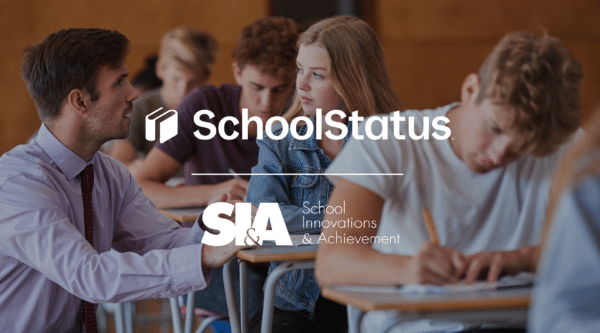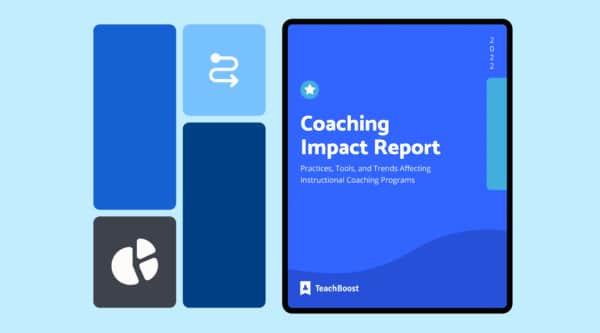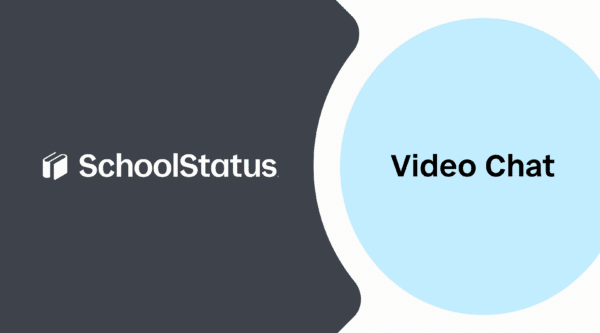


While the weather has been cooling down your monthly must reads have not! Dive into some great articles on supporting teachers through coaching cycles, coaching veteran teachers, active listening as a coach, overcoming stage fright in the classroom, using technology to norm feedback, facilitating anytime/anywhere learning, and more. Enjoy!
Make sure to subscribe to our blog as well to have our must-reads sent straight to your inbox.
{{cta(‘417de94b-2f71-4123-a807-1f4438f581c5′,’justifycenter’)}}
Supporting Teachers Through Coaching Cycles, via The LaunchPad
Shawn Churchill, instructional coach at Anderson High School in Indiana, shares her experiences using instructional coaching cycles with her teachers and the power of co-teaching to model instruction.
“As the year progressed, my relationships grew and I became a welcomed member of the staff at Anderson High School.
News got out that I was not intimidating, but supportive and helpful, and more teachers were inviting me to co-teach in their classrooms or asking me questions in the hallways.”
Coaching the Veteran Teachers, via Edutopia
The gap between novice and veteran teachers is one instructional coaches are positioned to address on a daily basis. Coaching teachers with years of experience requires sensitivity—as does novice teachers—but also requires an open-mind that some of their skills must be harnessed/learned from and shared with others.
“Veteran teachers are, undoubtedly, the educational leaders among staff. As a coach and colleague, you have the good fortune to learn from them and pass on their wisdom through your practice. Cultivate these relationships and grow them to gain insight into their important work and to advance student learning”
Active Listening: Two Ears, One Mouth, via The LaunchPad
Instructional coach, Dana Kramaroff, shares a few of her frequently used open-ended questions during her coaching sessions to allow for the teacher to expand on their responses—leading to self-reflecting learning.
“My goal is to begin open-ended conversations that push teachers to think and reflect. Listening and allowing them to do the talking is key to growing trust.
“
9 Tips for Overcoming Classroom Stage Fright, via edutopia
Giving a presentation in front of your peers can be stressful, and the same goes when in front of students. Edutopia shares 9 tips to combat the natural “fight-or-flight” response we can all relate to.
“Baked into our brains is the fight-or-flight response to perceived threats. […] You already know that practicing presentations will relax you, as will arriving early to organize the setting and troubleshoot any technologies that will be used.]”
3 Tips for Using Technology to Norm Feedback, via The LaunchPad
It’s important to give teachers feedback that’s frequent, normed, and consistent across all observers to combat the “rater drift” phenomenon and create an environment for growth.
“The consequent mixed messages can often leave your educators without a clear path for growth and this is a significant issue for a successful instructional leadership program. To encourage the buy-in of your educators and their investment in the program itself, they need to trust fully in reliable, coherent, normed feedback.”
Developing Students’ Ability to Give and Take Effective Feedback, via MindShift
STEM teacher, Emerie Lukas, shares her story of incorporating Edward de Bonos’ “Six Thinking Hats” strategies with her students to help guide giving and receiving effective feedback amongst peers.
“Training kids to give effective critique is one of those teaching strategies that takes some time on the front end, but can save a lot of time once students get good at it. […] The success of peer critique depends on a lot on some basic ground rules to ensure both the presenter and the person giving feedback are on the same page and getting something out of the experience.”
Facilitate Collaboration: Enable Anytime, Anywhere Learning, via The LaunchPad
Peer-driven learning is one advantage of using video within the classroom, but technology as a whole can assist with fostering growth, collaboration, and learning amongst your staff.
“Technological platforms for evaluation make feedback accessible by all your staff-anytime and anywhere, which makes them ideal for fostering collaborative learning and celebrating success across your district. […] Post-observation conversations between teachers and leaders centred around video recordings empower both to have a meaningful conversation about the way forward, mapping out a path for growth
in partnership.”
How School Leaders Can Attend to the Emotional Side of Change, via MindShift
Psychologist Robert Evans shares his experiences and learnings from consulting educational leaders. Learn his strategies for change and how “loss” is a starting point that all staff can build from.
“A positive school climate helps teachers feel like change is possible. And when school leaders can help teachers build on their strengths, instead of only remediating weaknesses, everyone will feel more competent and able to continue pushing for change.”
Schools Tap Students to Provide Enough IT Help Desk Support, via EdTech
School districts across the country are beginning to use students as additional IT support within their schools to help fill requests, explore their tech passions, and build community relationships—especially within one-to-one technology districts.
“Although students don’t receive school credit for participation, they gain valuable experience. The
extra hands have also helped to slash help desk response times in half. Students help themselves by helping others — and everyone benefits.”
Have some interesting instructional leadership news?
Share it with TeachBoost and we’ll highlight it here!
Stay Connected
News, articles, and tips for meeting your district's goals - delivered to your inbox.








